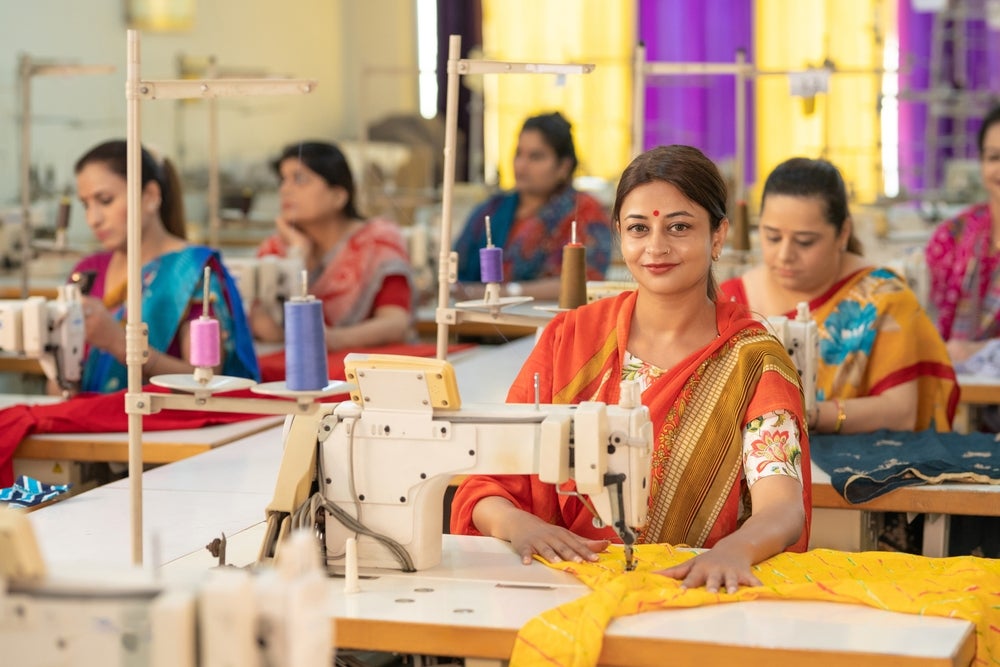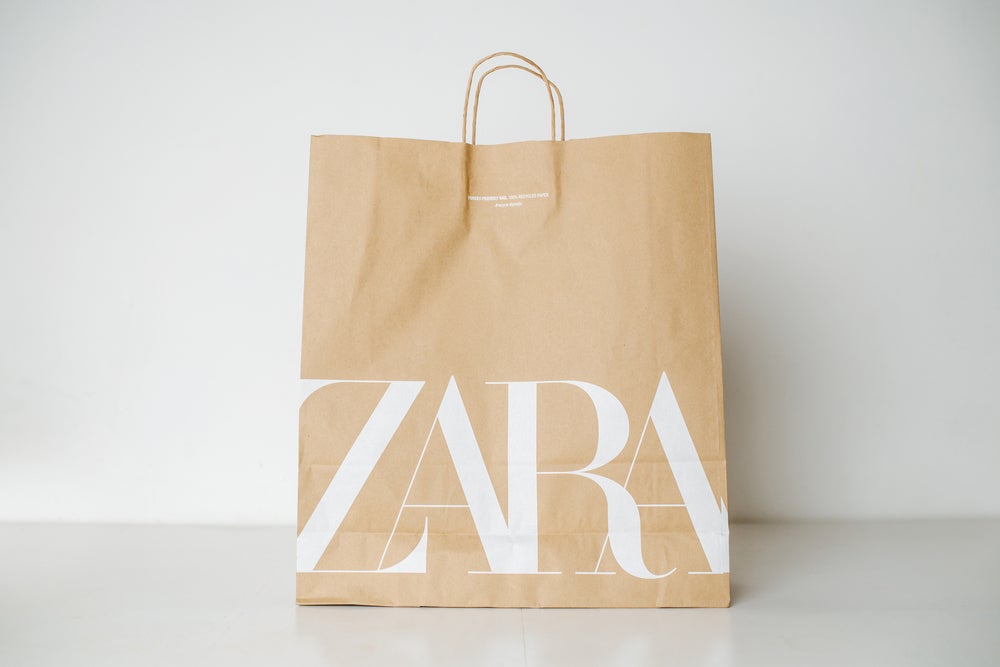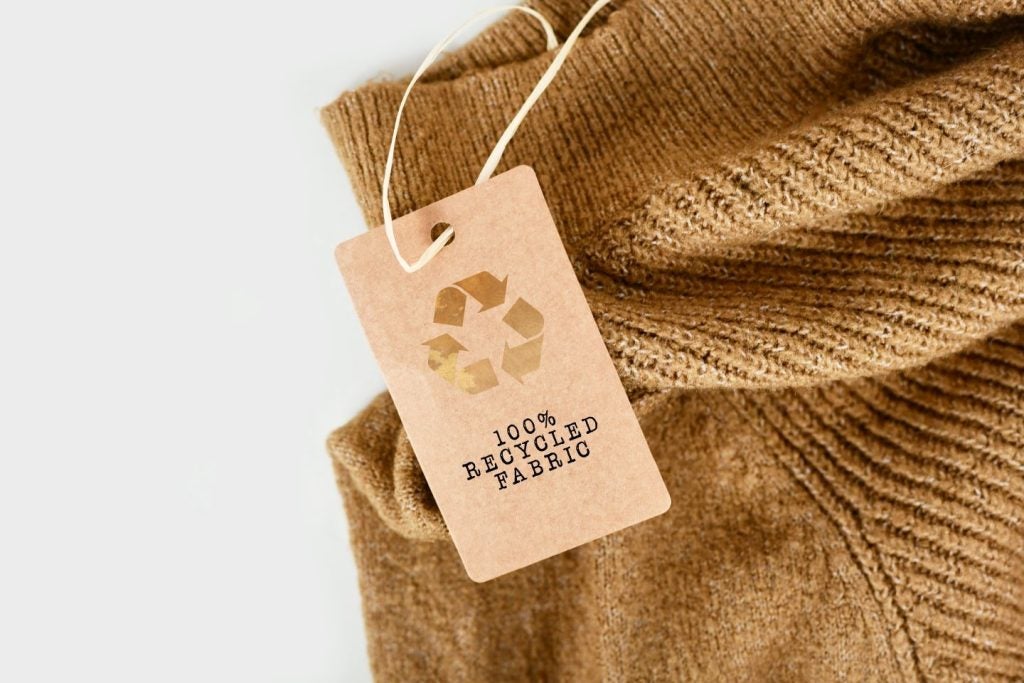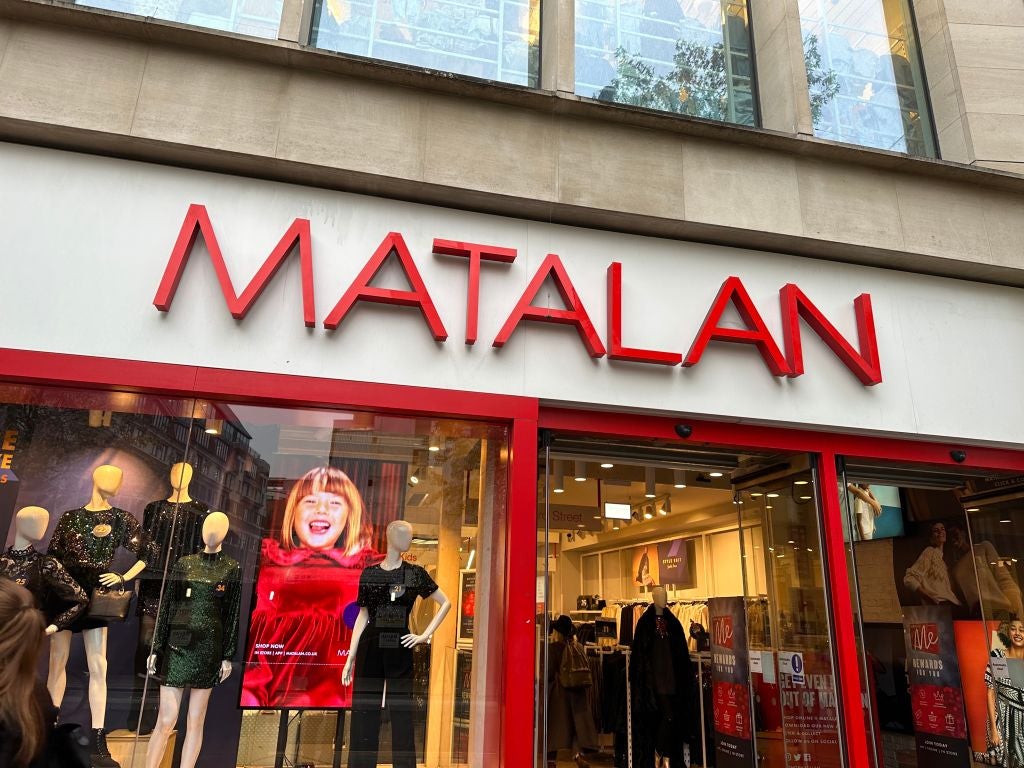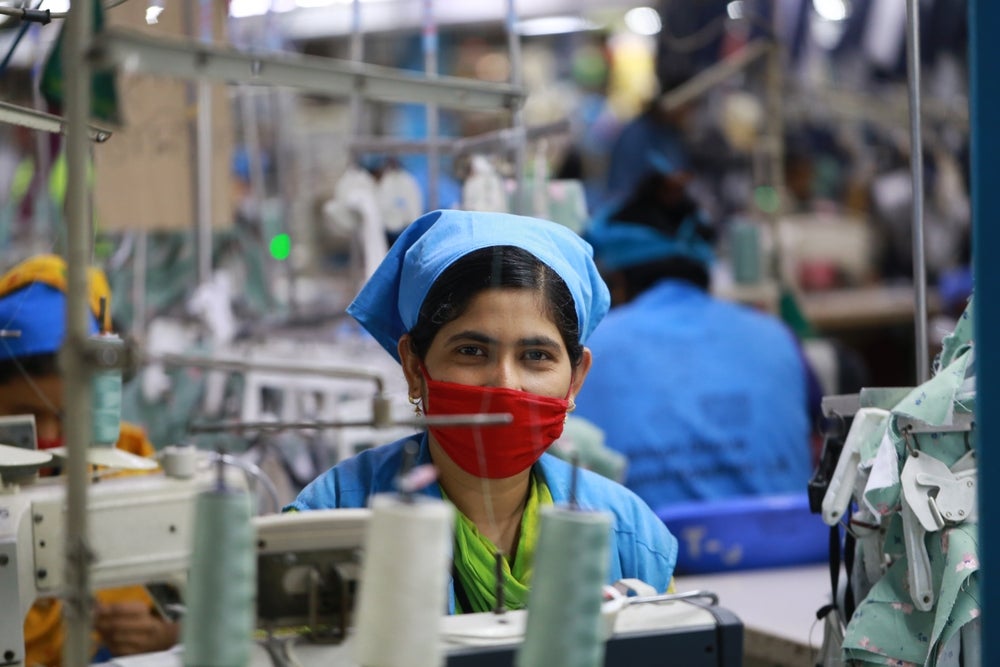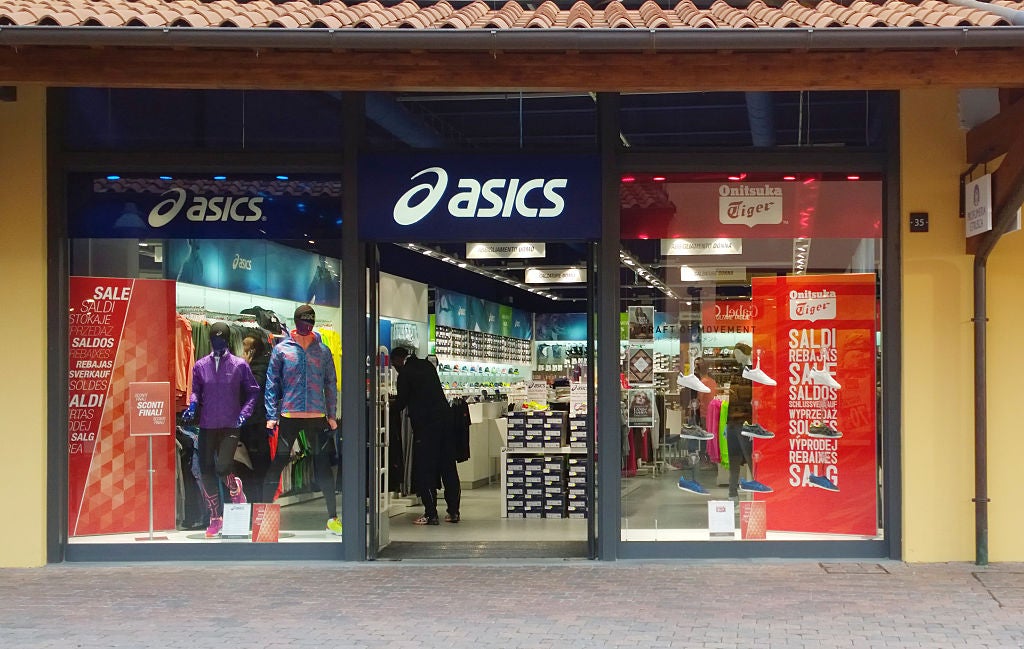It's no exaggeration to say this interview was a year in the making and a case of third-time lucky (perhaps persistence pays-off). Just Style first met John Thorbeck, chairman of Chainge Capital LLC, which is an expert on speed-to-market applications at retail and short life-cycle product companies, in November 2022 at the International Apparel Federation's World Fashion Convention in Bangladesh.
He presented a preview of his upcoming publication - “Under the Banyan Tree: Buyers and Suppliers in Fashion”. It was clear that like a soldier on a mission, he sought to cut through the typical noise and buzzwords and share a real solution to the endless merry-go-round of waste, the race to the bottom and destroying the definition of the word 'sustainable'.
Fast-forward to a by-chance meet at SPESA's Texprocess Americas 2023 in Atlanta and the International Apparel Federation's World Fashion Convention in Philadelphia, and it was finally agreed it was time to sit down over a coffee and discuss his breakthrough report, which will be released in 2024.
An alternative fashion buyer-supplier relationship
Firstly, he says: "There is a signal in the title 'Under the Banyan tree' as it is an Asian symbol for community, education and commerce. It’s meant to reflect an alternative to an adversarial buyer-supplier relationship."
Before continuing: "And I would like to remind our Western readers that it is also where Buddha found enlightenment. Our alternative approach requires more of a coming together rather than conventional adversarial bargaining that is not only too common but now an obstacle to create the industry we want."
He describes it as a genuine alternative when the industry is "most in need of another way".
His mission is three-fold: To encourage supplier–led innovation, inject confidence in a proposition for upstream value and alert retailers to the magnitude of opportunity that is available.
The problem, he says is retailers consistently underestimate the capabilities of their supply partners.
Retailers conventionally see suppliers in terms of costs, control and compliance to manage rather than an opportunity to take risk out of a high risk business or create value in all tiers.
He argues the buyer–supplier relationship is much more than a seasonal transaction and the days of the lowest cost global sourcing are long gone of fighting for more pay on one side or a better price on the other.
Thorbeck is optimistic the fashion supply chain and wider fashion industry can reinvent itself using a new process and data innovation.
There's no doubt that it needs to reconstruct itself first and the UN's International Trade Centre (ITC) (which is one of the report's sponsors) believes this should start with the buyer-supplier relationship.
Thorbeck notes two of the most powerful forces for change right now are fashion consumers themselves (particularly Gen Z women) and investors. And crucially - they are both speaking the same language.
"I believe Gen Z are making different choices - they're an underestimated force. They are demanding their brands and their identity to be more than just a logo or a style. They want to live in a better world – they want to share their spending with companies that will make a difference."
This generation are both the customers of the present and the near future so retailers have no choice but to respond to them and their shareholders.
For Thorbeck, this report is all about taking away the excuses from all sides: "We can’t afford change or the economics don’t allow it in fashion – these are all exposed as root causes of the status quo.
"People have heard of shared value but shared risk is really all about amplifying the economics of the supply chain as a business model."
Thorbeck jokes the phrase 'business model' may sound a little elusive at first with the key question being: How do you make money?
He's adamant that question can be answered at both a large and small scale and thankfully "fashion is inherently entrepreneurial and the tools have never been better".
Implementing change or indeed creating a new disruptive fashion business could be as simple as making the executive decision to be responsive to faster trend cycles.
Female entrepreneurs making fashion supply chain history
Thorbeck explains his report was keen to showcase female fashion entrepreneurs in particular that have such strong convictions about fashion being a better business and are already making this philosophy a reality through their supply chains.
The first is Aslaug Magnusdottir who is founder and CEO of Katla, a direct-to-consumer, made-to-order women’s fashion brand that is manufactured from environmentally-friendly fabrics in the US.
Previously, she co-founded and launched luxury women’s fashion ecommerce site Moda Operandi, the customisable fashion store Tinker Tailor, and the retail and fashion investment company TSM Capital.
The second is the founder and CEO of New York fashion streetwear brand Saint Art, Caroline Gogolak. The underlying business is based on responding to trends quickly and using feedback to produce in season design in a 30-day window. Its aim is to introduce a new sustainable approach to fast-fashion with Gogolak stating on her Linkedin profile it's "maximum expression, minimal impact".
Finally, Shelly Xu, founder of SXD (Shelly Xu Design), which is said to not only produce no waste but also reduce the waste left by the fashion industry. Her official website reads: "We are building a design-tech software solution that turns leftover/wasted textiles into beautiful zero waste clothing with about 55% lower cost."
Thorbeck highlights that all three women are pursuing a business model that requires minimal external capital and have a passion for fashion not just being a better business but helping to create a better world between suppliers and the worker community as well.
He adds: "The trio focus more on taking risk out of the process than they do on seeking out the lowest price. They operate on faster trend cycles and small-batch production and low or zero inventory risk.
"They’re more concerned with being responsive to a market and speak about sustainability in terms of their business and not just the material and make of their assortment."
For Thorbeck, the future fashion champions are equal parts entrepreneurs such as these three inspiring women as well the large enterprises that have made the choice to transform themselves.
In other words scale is not an obstacle nor is it a necessity.
Thorbeck's research has already received interest from the largest fashion retailers in Europe and largest supplier in Asia as well as a small to mid sized factory in China. "We’ve covered size and scale and channel very well," he says.
Apple has some valuable takeaways for fashion
Thorbeck shares insights from the disruptors of other industries such as Apple for technology and Amazon for more generic retail.
He shares: "People underestimate how much value is created by Apple’s supply chain design and the financial benefit that flows from it. We know Apple is a wonderful product company but their supply chain creates extraordinary value based on the cycle of its production and payments.
"There’s a reason why Apple is worth $3tn in market valuation and it’s not just the volume of sales and margin of product – its supply chain has reduced the high risk of inventory and capital."
So, Apple should be inspiring to the apparel sector.
Similarly, Amazon turned what was a shipping charge into a competitive advantage – that first mile is an opportunity in manufacturing and that technology and investment is migrating back upstream.
"There’s been a lot of investment to transform the last mile experience and there is a new technology opportunity closer to manufacturing," he says.
How Shein has created value in manufacturing
Looking slightly closer to 'home' and within the apparel sector itself, value created by manufacturing is already upon us, thanks to the likes of fast fashion brand Shein.
"Unless a retailer creates a new buyer-supplier relationship they will find themselves competing with manufacturers," Thorbeck states.
Put another way, a buyer-supplier relationship that’s dependent on lowest cost and lowest risk does not serve the other.
Chinese manufacturers now have direct access to the US market through the likes of ecommerce site Amazon and the power of a branded manufacturing network is evident through the capability of Shein and Chinese online retailer Alibaba, amongst others.
Thorbeck urges the fashion sector to invert the way it thinks about where value is created? Is it in manufacturing or is it in merchandising?
He asserts almost all western retailers believe it’s in merchandising, but Shein has inverted that formula with its manufacturing: "They have an advantage of buying enormous market share."
Before dismissing Shein and the way it conducts its business, Thorbeck adds that disruptors are not new within fashion: "In the UK, Marks & Spencer had to compete with its cheaper rival Primark and in the US more expensive retailers had to deal with Walmart."
Put simply, if a fashion brand's product and process are not distinctive, it will be vulnerable to price.
The question to ask next is - where is value? How can a low price, new brand distract or win so many consumers?
"The likes of Shein are matching up a trend cycle with a media cycle and a financial cycle – those three together create value with velocity across all three areas and not simply product alone."
Legislation is quick way to remove the free riders
The hot topic of 2023 has been legislation and its impact on the fashion supply chain and the wider fashion industry.
Thorbeck highlights it shows that consumers have not only lost confidence in private compliance but it’s been proven consistently that it’s not very effective.
He maintains that if a fashion company is being motivated to change by legislation that is a very low standard in which to operate and it’s not even its own.
He believes fashion companies should not only set their own standards, but they should strive to exceed them.
Another way to look at it is from the view of it being an "opportunity to be a pioneer and influence standards."
Critically, legislation means fashion can no longer hide or excuse itself from sustainability standards and it is being judged by the UN’s Sustainable Development Goals (SDGs) of 2030.
Of course, legislation won’t change the behaviour of those already leading the way, but it will have a great effect on the rogue players or "free riders" as Thorbeck calls them.
Unfortunately, "we might have good citizens with the best of intentions but there are also a lot of players who choose to exploit the system so legislation will help to level the field so they can’t operate at the expense of the public".
Accelerating and measuring a more productive fashion supply chain business model
Thorbeck sees his upcoming report as a roadmap that reflects on lessons in application: "It’s minimal in theory and much more practical in terms of success stories."
In terms of next steps, once the report is published he plans on broadening its lessons and applications and do that across all geographies.
The report, and admittedly this is just a preview so we eagerly await the complete findings, makes a threefold-case for success that is economic, technological and social in equal parts.
Thorbeck suggests its main headline is the magnitude of that threefold benefit which challenges the stereotype of fashion being a low growth, low profit, low tech industry.
With a smile on his face he proclaims: "Fashion’s reputation of a laggard industry need not be its destiny."
Ironically, he continues: "Sometimes the frustrations of decline or impasse can force a better way."
The idea is for the report to accelerate a more productive business model rather than leaving it to market factors.
In terms of specifics for its implementation, he hopes it will be shared across IAF's 45 member countries and the ITC will adopt it as a model for economic development.
The measure of its success will be both financial and based on how the adoption of new technology will impact supplier communities such as the garment workers themselves.
This means the metrics that measure progress will differ from the norm.
"We’re really concerned about working capital and levels of inventory and eliminating excess production and we’re interested in forecast accuracy – what we make is what we sell. Plus, how capital tied up in inventory can be allocated to investment in sustainability," explains Thorbeck.
The definition of sustainability as a measure will deliberately remain broad: "It’s the health of the business, fairness to workers but also includes environmental concerns, emissions, clean water and safety, health, training and inclusion and advancement for women."




